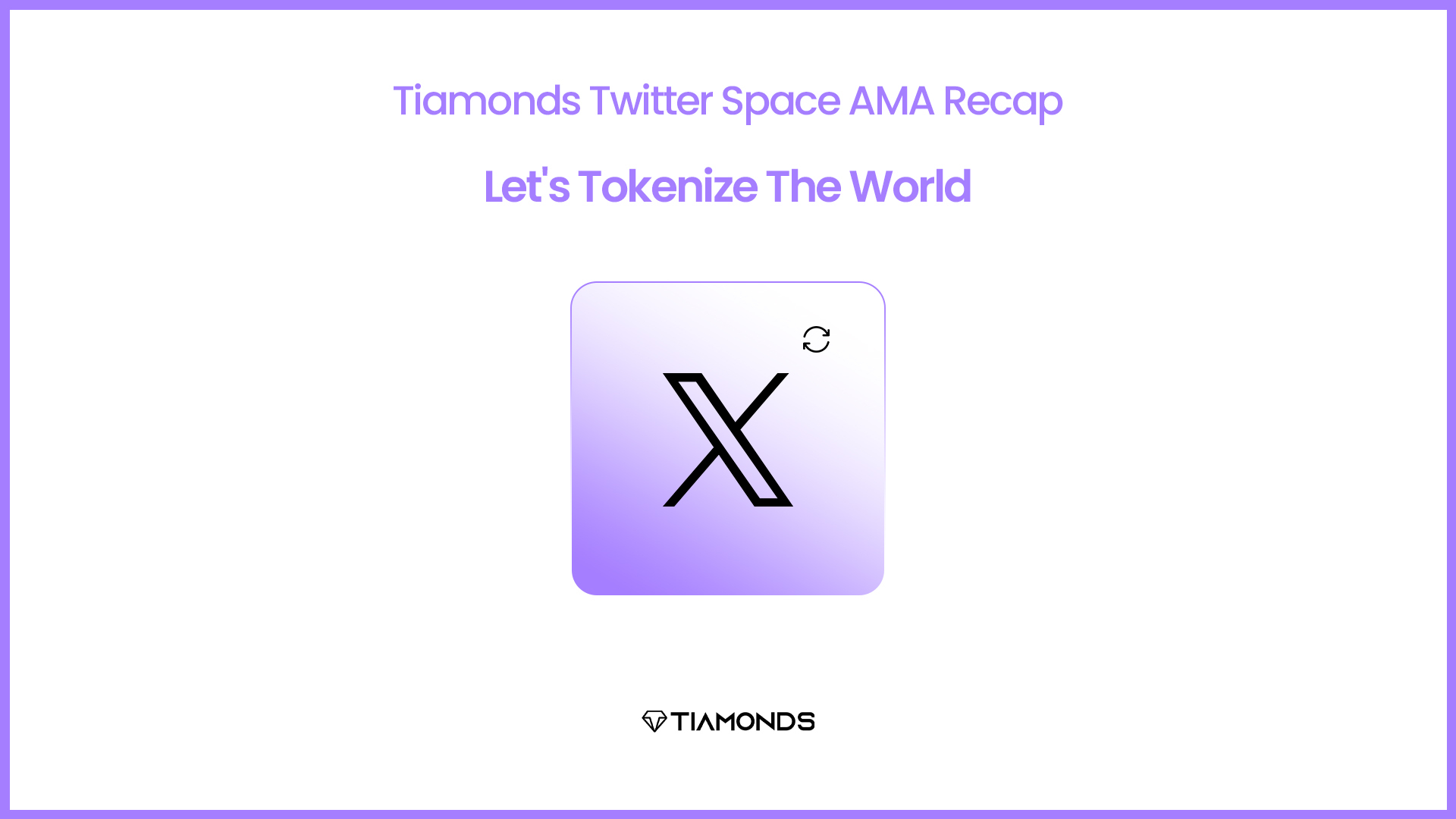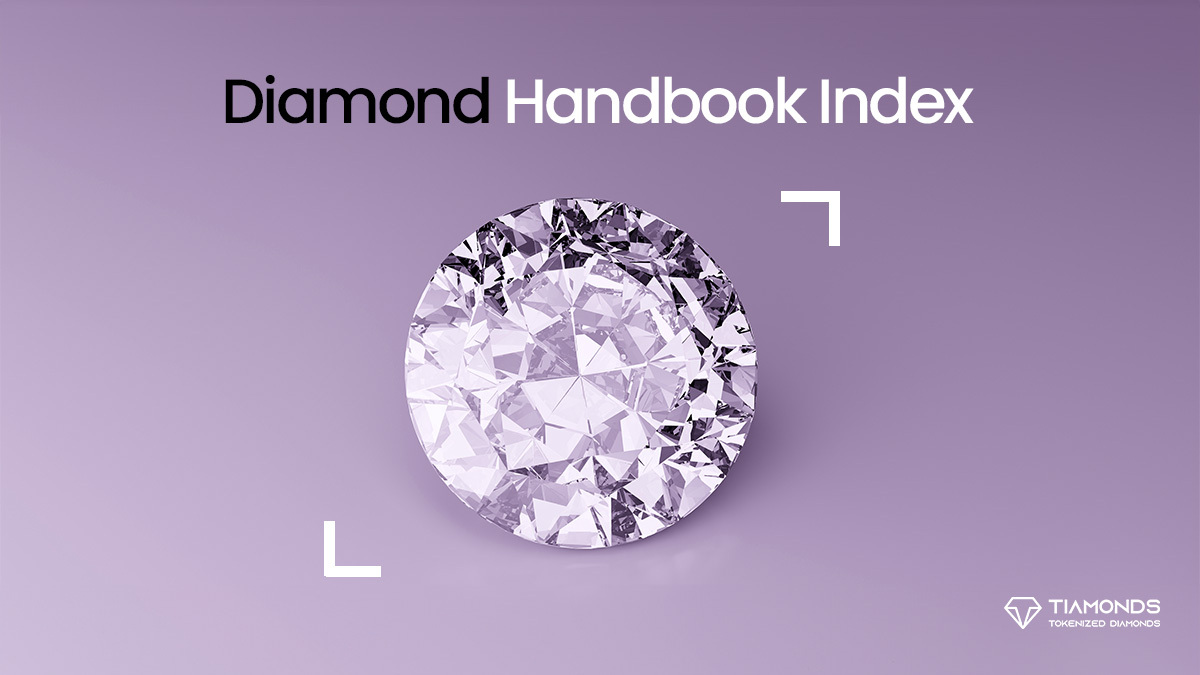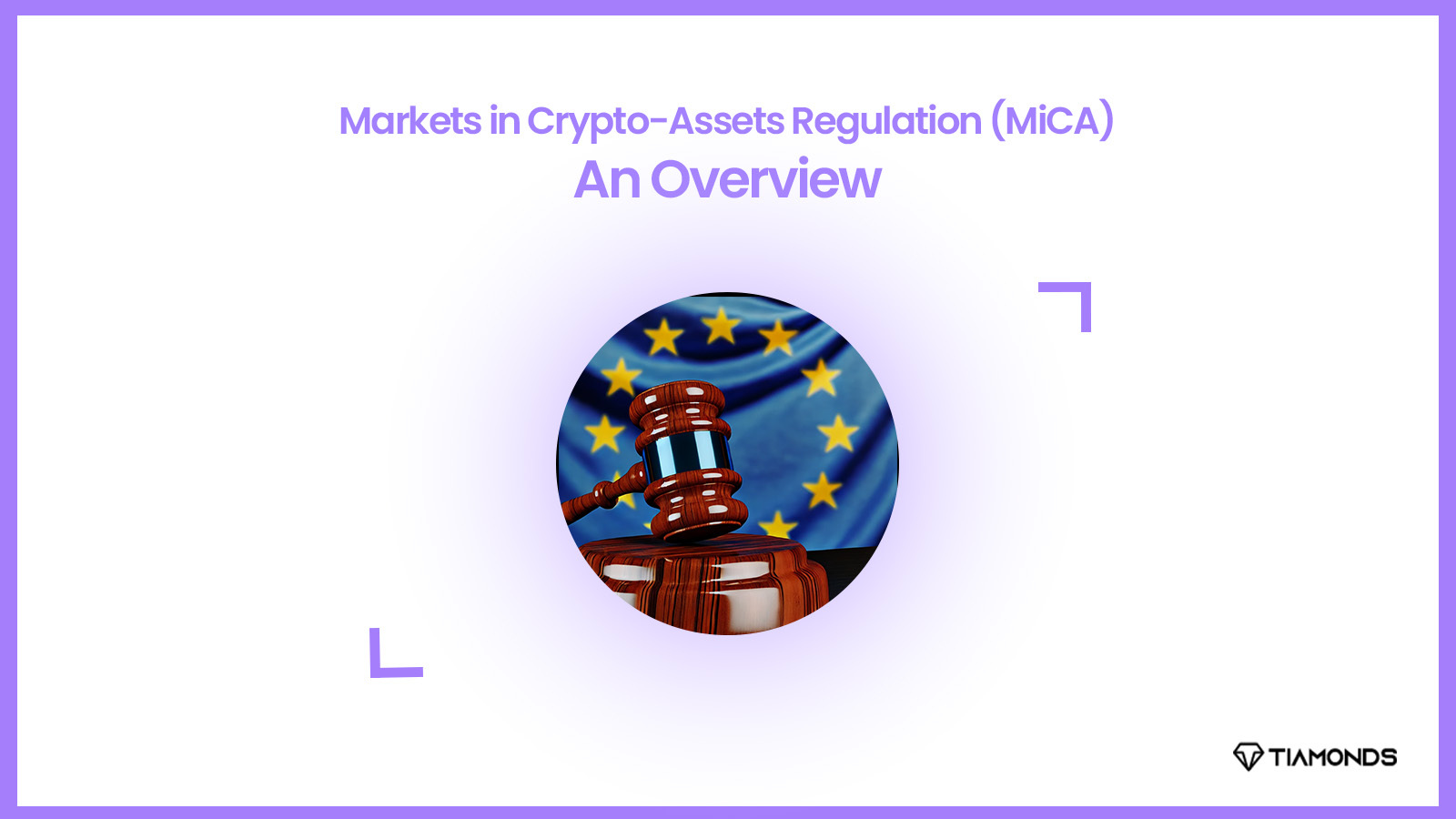The rise of NFTs is opening up the potential of art ownership to the general public, which had previously only been available to the privileged.
Today, the general public determines the intangible value of art across all its forms, rather than a small group of specialists. This lets people who make free content like memes that is shared online and on social media make money from it.
Collectors have acquired, exchanged, and collected rising works of art for generations as a means of wealth accumulation and generational display.
In the past, collectors who acquired and sold an artist’s works on the secondary art market have benefited as their value rose. Beyond the initial gallery sales, the artist could not profit from a rise in demand for their creations.
Now, NFT creators have the option of incorporating smart contracts into the digital fabric of their creations. Digital assets can be given if-then logic by means of smart contracts. NFTs are a groundbreaking idea. Artists can now receive royalties from sales of their works on the secondary art market. With the rise of NFTs, if an artist’s value rises, both the present collector and the artist stand to gain.
NFT Trends Amongst the Artists
Public figures and influencers are currently more interested in non-fungible tokens because artists are still learning how to use this new platform. It’s vital to note that, in contrast to social media popularity, the art industry has its own extremely unusual structure.
Additionally, it is generally known that artists, particularly those who are well-known in a certain field, are stable and resistant to emerging innovations. If you want to use a digital platform for artistic identity rather than to make money, you’ll need to spend some time getting to know it.
However, NFTs are now being adopted gradually.
Here are some ways that the emergence of NFTs has revolutionized the art world.
The rise of NFTs has transformed the art world through the empowerment of artists. Artists used to publish their works online, but anyone could copy and share the artwork. As a result, we could draw the conclusion that artists struggle online.
NFTs, on the other hand, have given artists the liberty to accomplish whatever they want to do with their valuable creations. They currently have ownership records for the NFT artwork. They can even connect their artwork to an agreement in order to get royalties.
NFTs have made it possible for artists to:
Bring Value For Money Through Their Work
Prior to the development of NFT, digital art had no financial value because it was publicly accessible. A product’s worth only increases when it becomes rare. That is the rule of commerce. If a thing is widely accessible, its market price will drop. As a result, NFT art is unique in that it only has one owner on the marketplace, making it unique and hard to find.
Galleries Are Fading Into Obscurity.
Art storage is no longer solely the responsibility of galleries and auction houses. They used to act as the art’s gatekeepers and promote its sale. They were also responsible for making an artist marketable and ensuring a sizable financial reward. However, not all artists were able to display their artwork in these spaces.
The rise of NFTs has greatly increased democracy in the art world. Each artist has easy accessibility and an NFT platform. The only thing an artist needs to do to take ownership of their original works of art is to register with these sites. After that, promote the items, encourage offers, and then sell them for monetary gain.
There Are No Middlemen.
NFT technology has changed the way art is sold. There is no longer a requirement for artists to sell through an art collector. Now, artists can only sell their unique creations directly through NFT platforms. A variety of ways to purchase NFT art are also provided.
Giving Consumers More Power
Non-Fungible Token Development Services altered the art market by offering buyers a range of options. The traditional art auction was the only choice for buyers, but it didn’t give them many options.
The value of an NFT, or non-fungible token, depends on a number of factors. The value of the creator, such as a well-known artist, frequently determines the price of an NFT art object as its fundamental asset.
Conclusion
The NFT trend has opened up new opportunities for artists and collectors while illuminating the mysterious world of art. NFT marketplaces are much easier to use than traditional art galleries and brokers. The rise of NFTs gave new artists access to niche markets and gave new collectors the chance to find art on their own terms.
Before using NFTs as a means of self-expression or storing value, individuals should clearly define and thoroughly research them, similar to any other emerging technology.




